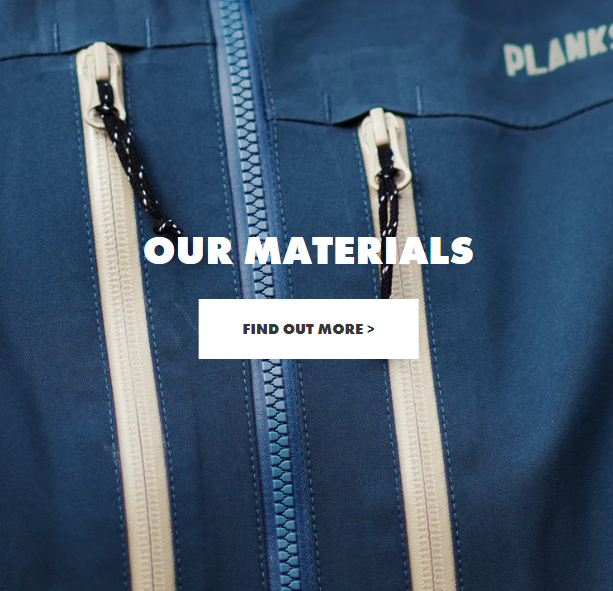Sounds fancy. What are the key advantages of a 3L fabric Vs a 2L fabric?
Glad you asked. In terms of the outerwear’s waterproof rating there is no benefit to having a 20K/20K* 3L fabric vs a 20K/20K 2L fabric.
However, water ingress through the fabric is only one of the ways you’ll get damp on the mountain. Perspiration is an unfortunate, but inevitable, side effect of vigorous exercise.
Removing a liner and bonding a synthetic scrim to the back of the membrane allows outerwear to breath more effectively and offers better airflow for optimal venting performance. In warmer weather you can strip down to a T-shirt without the liner clinging to your skin, getting you all hot and bothered. And, the absence of a lining means there’s a little extra space to fit your layers.
*20K/20K denotes the waterproof and breathability ratings (20,000mm waterproof | 20,000 g/m2 in 24 hours)

